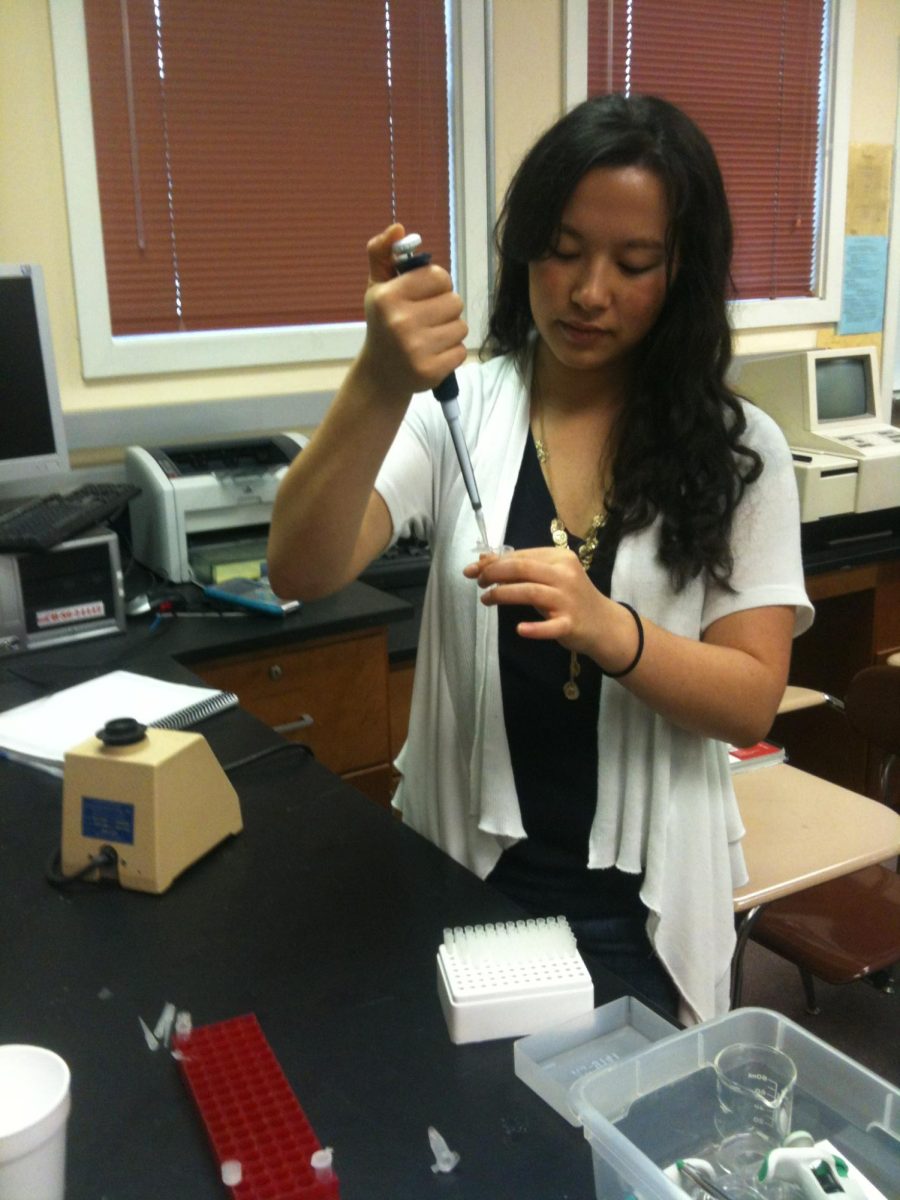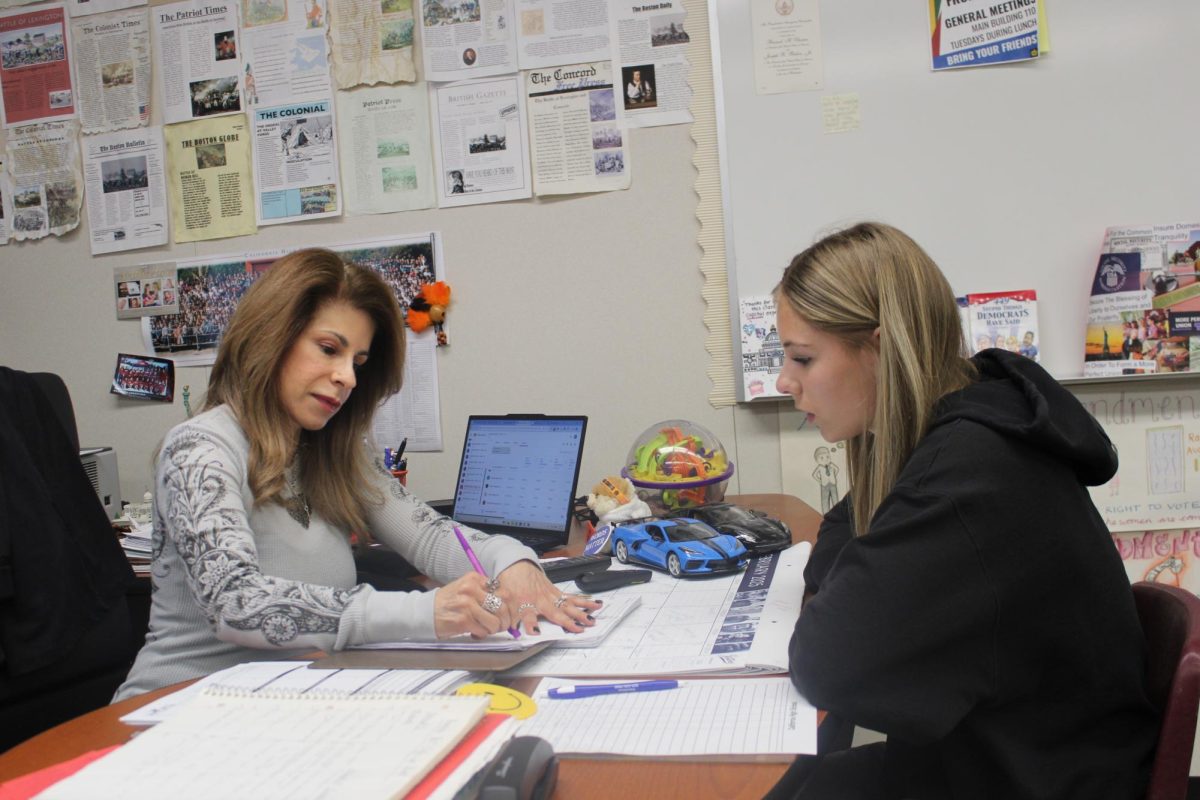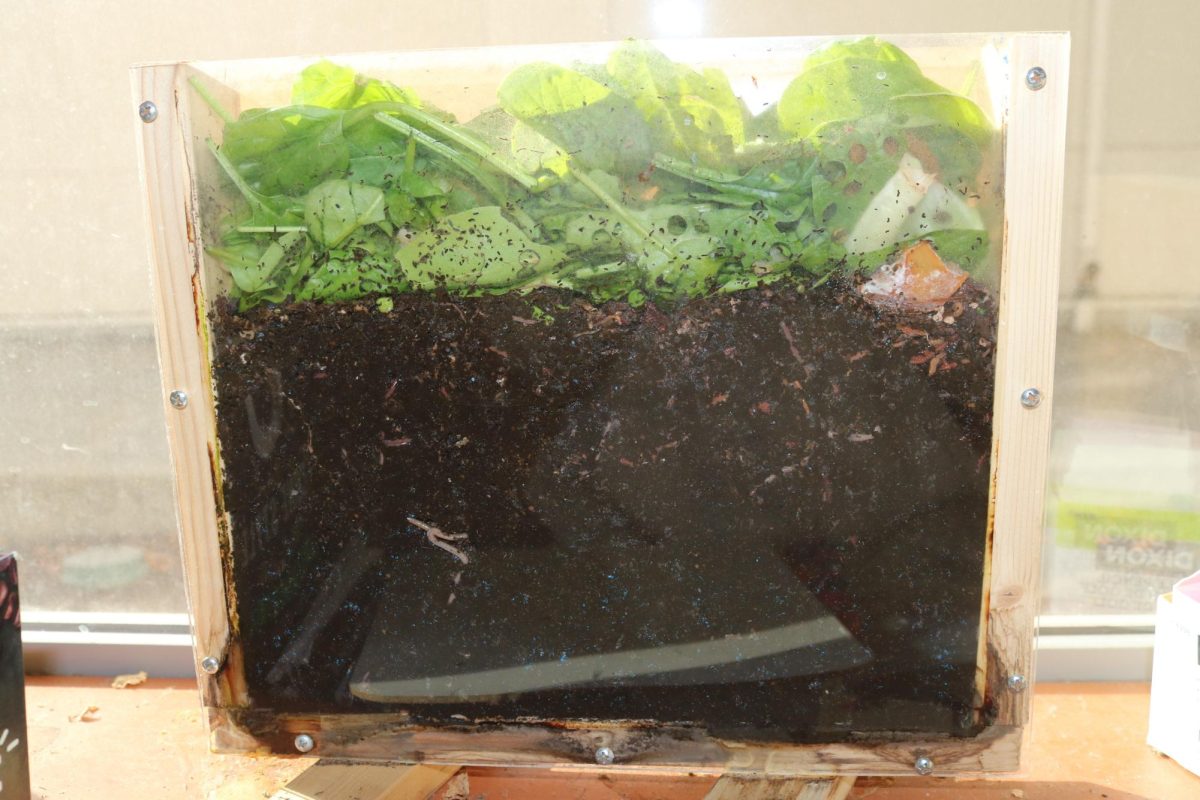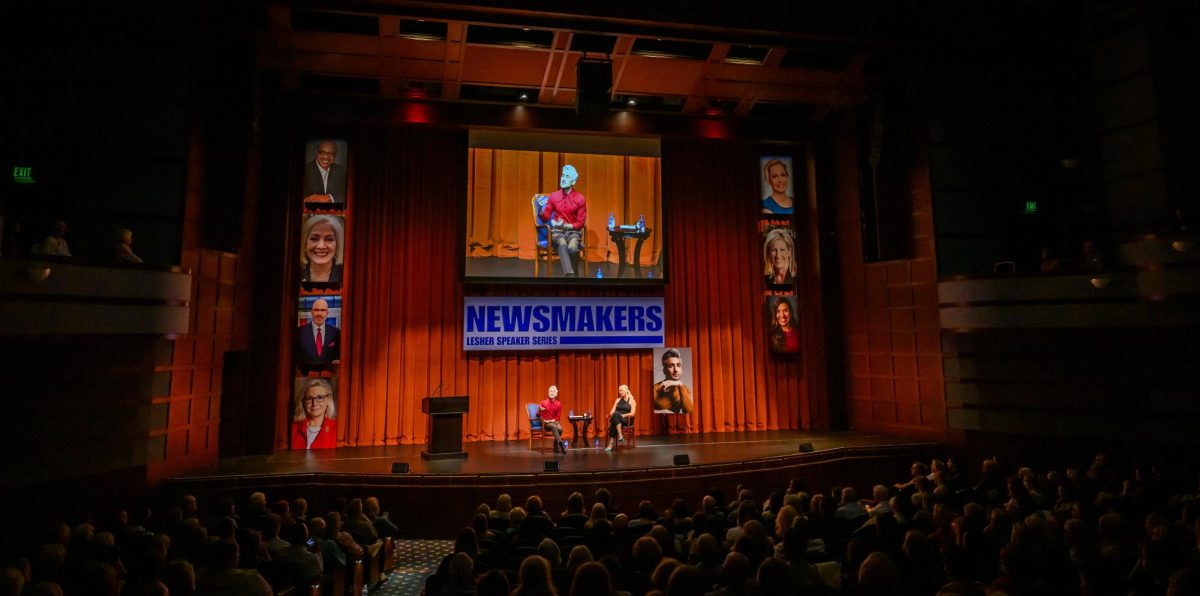Jeans for under $20. Tank tops for one dollar. Vintage shoes for seven bucks. Although these prices seem unrealistic, such bargains are all very real at the local thrift shop.
Hunting for cheap prices for a new wardrobe has been a challenge for many people. Stores like J. Crew, Forever 21, Wet Seal, H&M, and Hollister all provide stylish options, but students believe the prices can be outrageous. A basic t-shirt can drain $20 from their pockets, and the many students shopping at similar stores make it easy to find someone parading around in the same outfit due to the lack of variety from popular stores and brands.
Fed up with empty wallets and no variety, many students have now turned to a widely growing popular trend: thrifting, or buying gently used clothing.
Thrifting is fun and affordable, and offers a wide selection for shoppers.
When at Goodwill or The Salvation Army, students can often find authentic vintage clothing pieces.
“One time, I found real vintage bell bottoms from the ’70s,” theater teacher Laura Woods said. “Thrifting is affordable. My favorite thrift stores were in Boston when I was in college.”
Certain fabric types such as cashmere, merino wool, or leather can also be too expensive when bought new, so some students try to thrift them in order to attain the piece without bruising their wallets.
“The sweater I’m wearing is my favorite piece of clothing I’ve gotten from thrifting,” junior Emily Curley said. “It’s a real cashmere sweater that I got for six bucks!”
Although thrifting is a great alternative to the more trendy mall-like stores, there are some downsides.
“One of the bad things about thrifting, though, sometimes the clothes have a strange smell,” said Curley.
Quality of clothing material is also something to look out for. It’s important to check for any holes, tears, or stains.
Thrift stores are known to take anything without a proper glance at the quality of the apparel.
“Some things are really gross. I don’t understand why they take in stuff that no one would take,” said junior Rainer Austin.
Plato’s Closet in Pleasanton, a second-hand store that has been sweeping the Bay Area, provides a huge variety of clothing.
Plato’s has impeccable cleanliness and organization by size and color that is helpful and makes finding new wardrobe pieces easy, students said.
The store also provides brand names like Abercrombie & Fitch and Miss Me jeans at an easily attainable price. Plato’s has a much smaller selection for men, though, unlike Goodwill and most other thrift stores.
“[Plato’s] actually has a lot of stuff (for teens) to wear,” senior Mindy Yim said. “Sometimes other thrift stores have old lady clothes.”
San Francisco is the hotspot of thrifting, with places such as Haight Street, where reputable thrift stores like Buffalo Exchange, Wasteland, Goodwill, Crossroads, and La Rosa Vintage can be found.
Although Buffalo Exchange and Crossroads’ selections can run on the expensive side, the quality is better than most other thrift stores.
While thrifting, it is also easy for students to come across something unique that they weren’t even looking for.
For example, accessories such as jewelry, purses, hats, shoes, and sunglasses that are available in most thrift stores provide a wide variety of selection that finding something unexpected is bound to happen, students said.
“One time, I found vintage boots for $25, but they were originally $125,” said Austin.
However, if students are on the hunt for something specific, thrift shopping may leave them empty-handed.
Second-hand stores require a lot of patience, and students may not find what they’re looking for with just a quick visit.
Looking carefully through each and every rack is important when thrift shopping, as it may lead you to some quality pieces, students said.
“Sometimes it takes a long time to find things, so you have to be patient,” said Yum.






